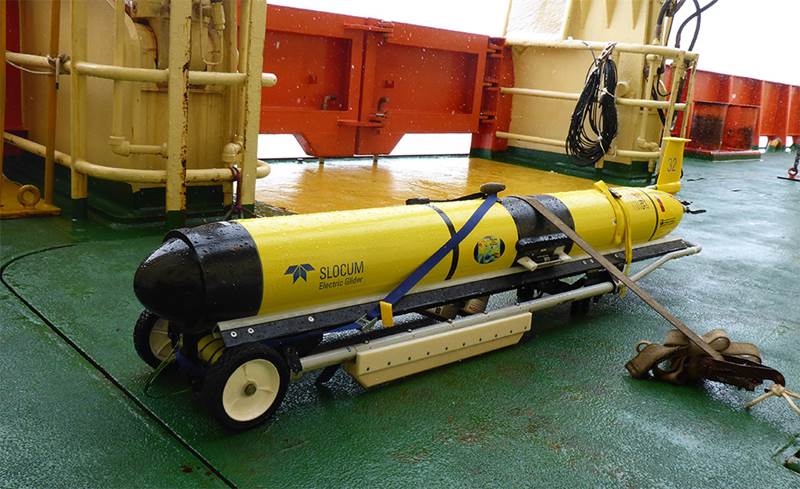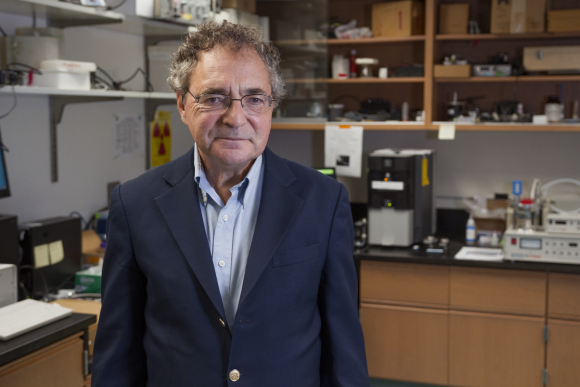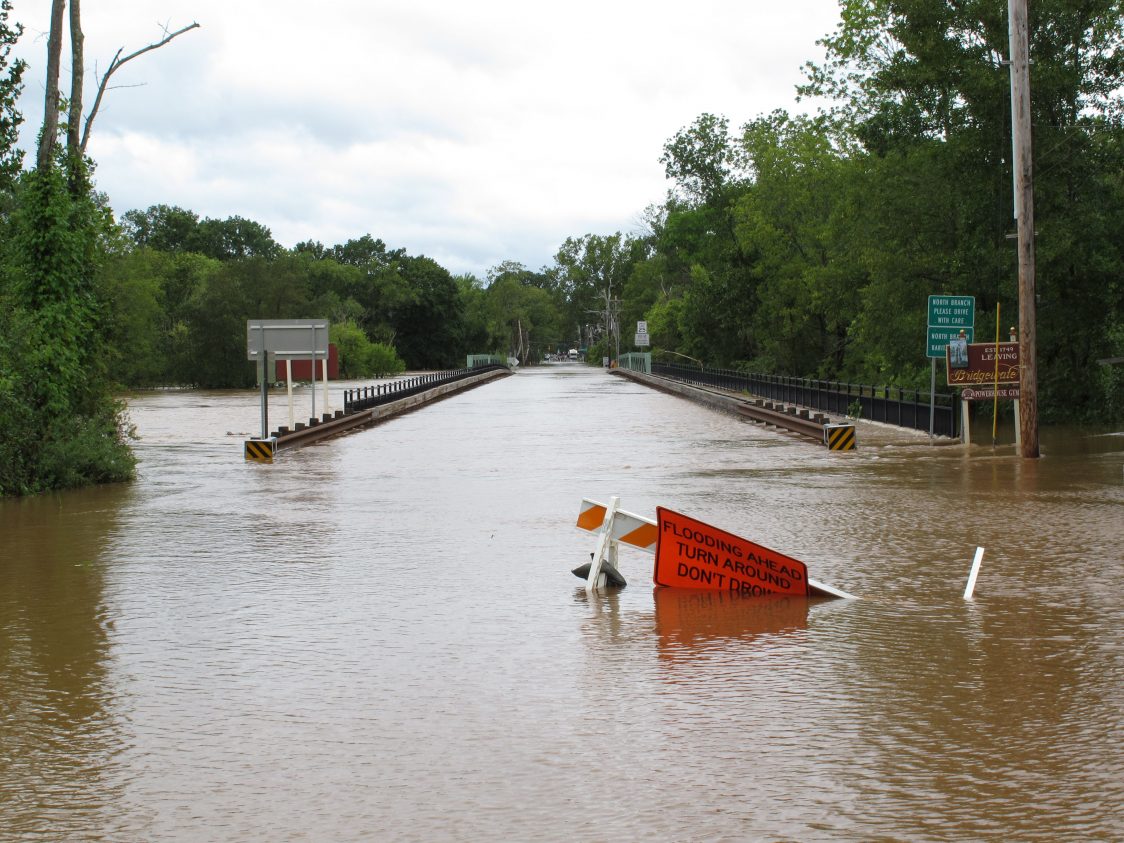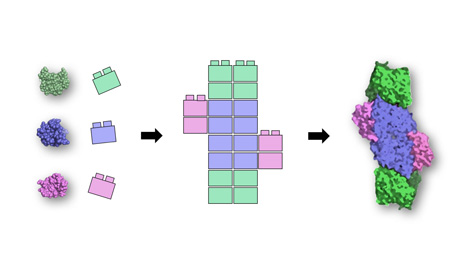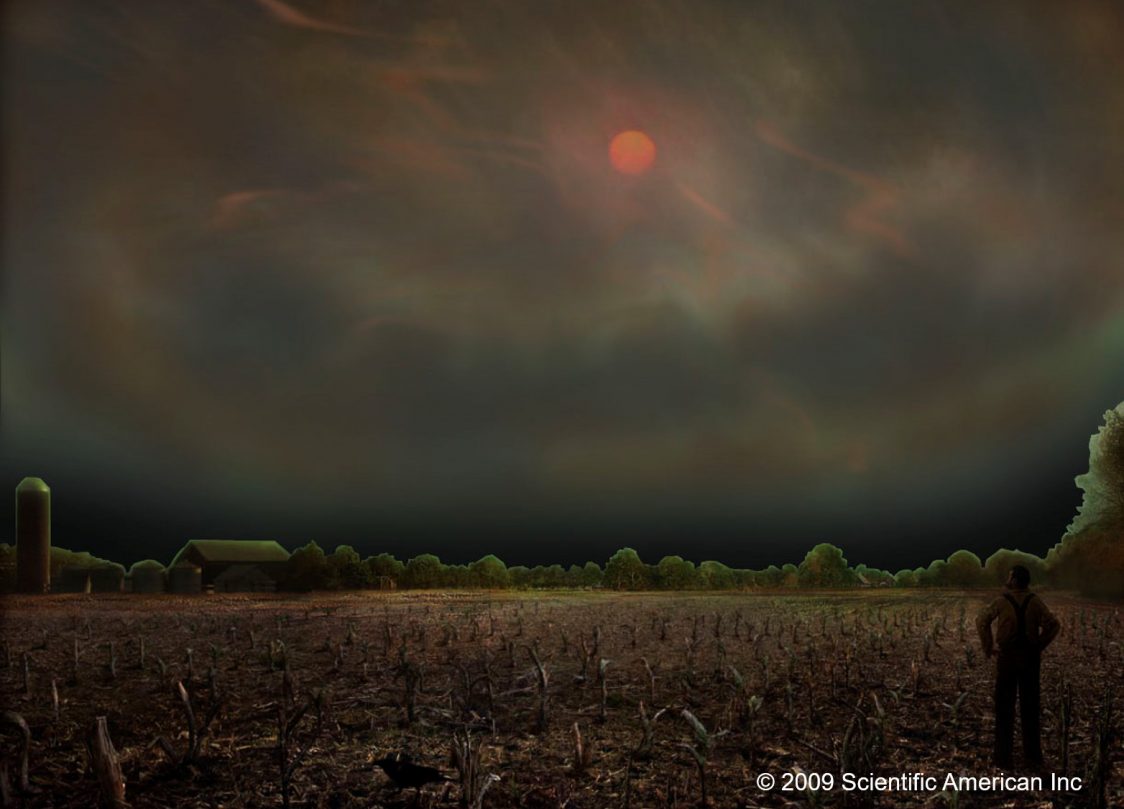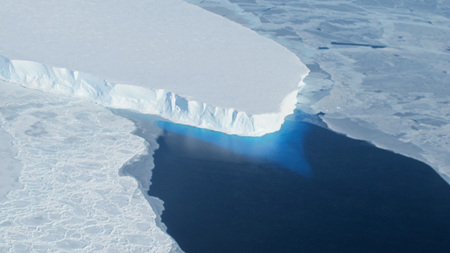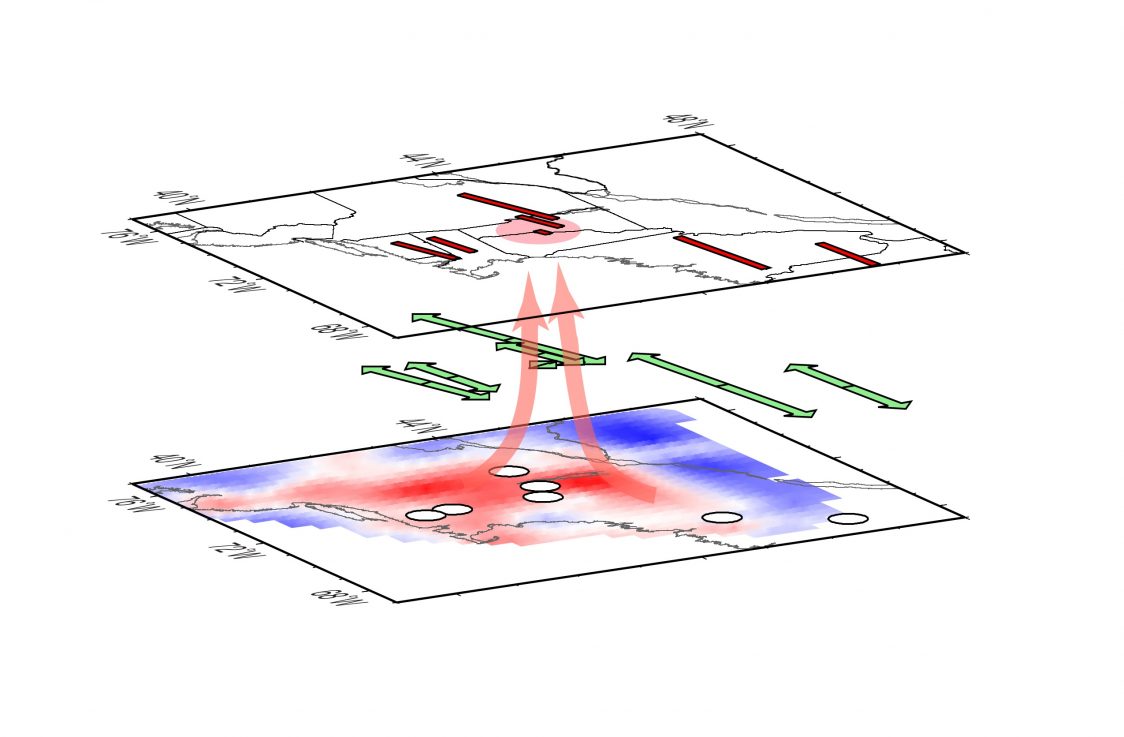A small team led by Dr. Grace Saba recently deployed a Teledyne Webb Slocum Glider with attached Acoustic Zooplankton Fish Profiler (AZFP) that successfully completed a 3-week mission in the Antarctic to gather data on marine ecosystems. Dr. Corie Charpentier and undergraduate Rachael Young traveled to Western Antarctica to deploy and monitor the glider’s progress. Their efforts were highlighted by a Marine …
Don’t Blame Hurricanes for Most Big Storm Surges in Northeast
Pioneering Rutgers study examines atmospheric patterns during nor’easters and other extratropical cyclones. Hurricanes spawn most of the largest storm surges in the northeastern U.S., right? Wrong, according to a study by Rutgers University–New Brunswick scientists. Extratropical cyclones , including nor’easters and other non-tropical storms, generate most of the large storm surges in the Northeast, according to the study in the Journal of Applied Meteorology and Climatology. …
Dr. Paul Falkowski Awarded Prestigious Tyler Prize
The 2018 Tyler Prize for Environmental Achievement – often described as the ‘Nobel Prize for the Environment’ – has been awarded to Paul Falkowski and James J. McCarthy, for their decades of leadership in understanding – and communicating – the impacts of climate change. Paul Falkowski, one of the world’s greatest pioneers in the field of biological oceanography, is a …
New Jersey Climate Adaptation Alliance Launches Social Media Campaign
Rutgers-facilitated group seeks to inform the public about greenhouse gas emissions, climate change impacts and resilience. Did you know that New Jersey can expect higher temperatures, heavier rains, rising sea levels and more frequent and severe coastal flooding this century? Did you know the Garden State must reduce its current greenhouse gas emissions by 75 percent by 2050 to comply …
Four Biochemical “Legos” Underlie Energetic Basis of Life
Deep dive into the 3D structures of proteins reveals key building blocks. Rutgers scientists have found the “Legos of life” – four core chemical structures that can be stacked together to build the myriad proteins inside every organism – after smashing and dissecting nearly 10,000 proteins to understand their component parts. The four building blocks make energy available for humans …
Climate Engineering, Once Started, Would Have Severe Impacts If Stopped
Rutgers researchers co-author first study on biological impacts of abruptly ending efforts to cool Earth’s climate. Facing a climate crisis, we may someday spray sulfur dioxide into the upper atmosphere to form a cloud that cools the Earth, but suddenly stopping the spraying would have a severe global impact on animals and plants, according to the first study on the …
Geology Museum Open House Features 13-Million-Year-Old Ancestor
Museum’s 50th annual Open House and Mineral Sale will feature exhibits, lectures, activities for kids. About 13 million years ago, a distant ancestor of modern apes and humans suffered an untimely death on the arid landscape of northern Kenya. Last year, a Rutgers scientist helped bring its tiny skull to light, filling in a huge gap in the evolutionary record. …
Alan Robock Leads $3 Million Study on Impacts of Nuclear War
By Ken Kurtulik Thirty-six years ago, EOAS member Dr. Alan Robock, now a distinguished professor of environmental science at Rutgers University-New Brunswick, attended an American Geophysical Union (AGU) Fall Meeting, where a paper on the climatic effects of nuclear war was to be presented. The talk was cancelled because NASA forbid the authors to use the term “nuclear war,” so …
Sea-Level Rise Projections Made Hazy by Antarctic Instability
Scientists should have a much better understanding in a few decades how high the sea level could rise, Rutgers-led study says. It may take until the 2060s to know how much the sea level will rise by the end of this century, according to a new Rutgers University–New Brunswick-led analysis. The study is the first to link global and local …
Mass of Warm Rock Rising Beneath New England
First-of-its kind seismic study challenges textbook concepts of geology. Slowly but steadily, an enormous mass of warm rock is rising beneath part of New England, although a major volcanic eruption isn’t likely for millions of years, a Rutgers University-led study suggests. The research is groundbreaking in its scope and challenges textbook concepts of geology. “The upwelling we detected is like …



